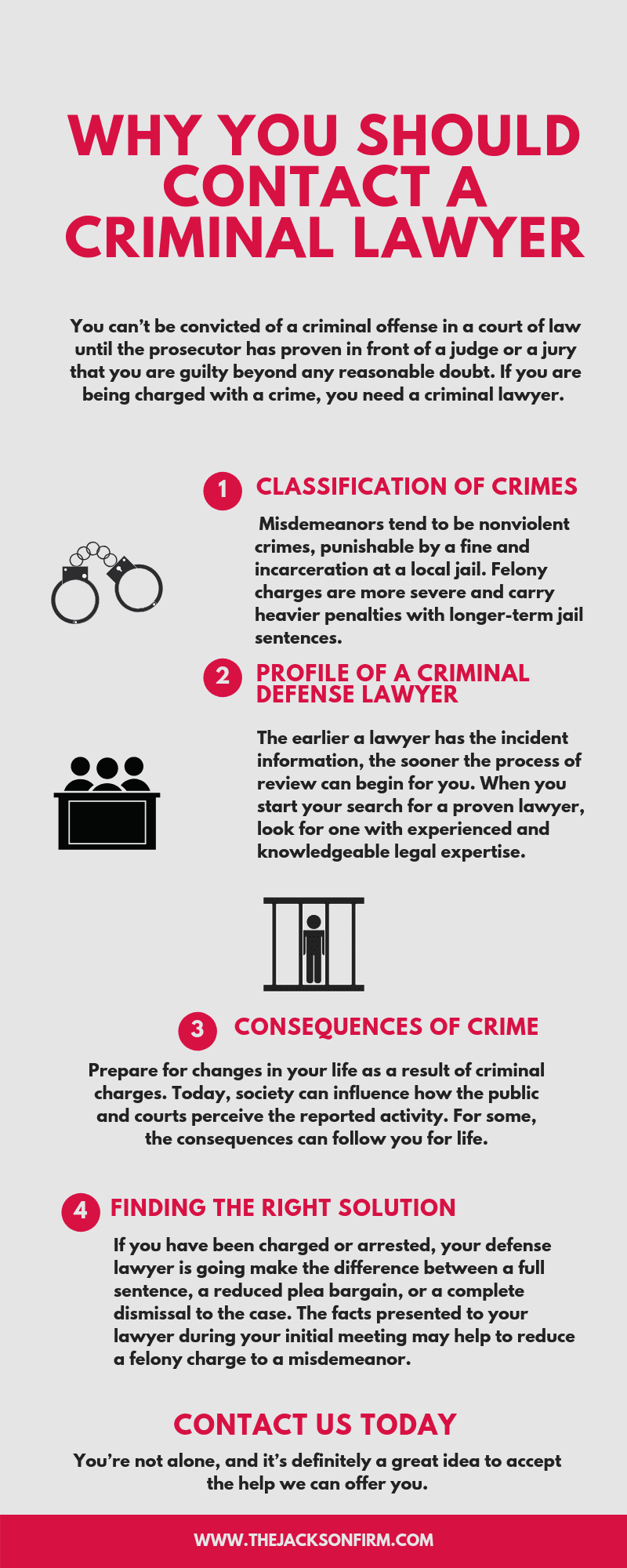Comprehending The Criminal Test: A Comprehensive Step-By-Step Failure
Comprehending The Criminal Test: A Comprehensive Step-By-Step Failure
Blog Article
Content Create By-McLean Clements
When you step into a criminal test, you could be shocked by the organized process that unravels. All of it starts with jury selection, where possible jurors are inspected for biases through an approach called "voir dire." After that, both sides present their opening statements, setting the stage for the proof and testimonies to adhere to. view website 'll see how the prosecution and protection construct their cases, yet what takes place next can considerably influence the outcome. Recognizing these stages can disclose the complexities of justice, yet there's more to uncover concerning the defining moments that follow.
Court Choice Process
When it involves the court choice process, you're diving right into a vital phase of a criminal trial. This process, usually called "voir dire," involves questioning prospective jurors to guarantee they're honest and efficient in providing a reasonable judgment.
You'll see both the prosecution and defense lawyer taking part proactively, each intending to pick jurors that line up with their situation's story.
During voir dire, you'll observe that attorneys ask inquiries concerning jurors' histories, ideas, and experiences. Their objective is to identify any type of pre-existing prejudices that can influence a juror's choice. As a juror, you might really feel a mix of uneasiness and curiosity, but your honesty is vital.
After examining, attorneys can challenge particular jurors for reason if they think a juror can not stay unbiased. They can likewise use a minimal number of peremptory difficulties to dismiss jurors without mentioning a reason.
Test Phases Explained
The phases of a criminal test play an important duty in guaranteeing a reasonable and organized procedure.
You'll initially run into the opening declarations, where both the prosecution and protection detail their cases. This sets the stage wherefore's to come.
Next off, the prosecution provides its evidence and witnesses, intending to show the defendant's shame past a practical question. You'll see straight examination complied with by cross-examination, permitting both sides to challenge the presented info.
After the prosecution relaxes its case, it's the protection's turn. They'll present their proof and witnesses, typically concentrating on creating reasonable question. You'll notice that the protection does not need to show virtue; they simply need to challenge the prosecution's situation.
Once both sides have actually provided their disagreements, you'll hear shutting declarations, where each event summarizes their instance. This is important as it enhances their positions before the court deliberates.
Throughout these phases, the judge makes certain that the trial sticks to legal standards and that the civil liberties of both celebrations are protected.
Comprehending these phases will certainly assist you appreciate the complexities involved in a criminal trial and the value of each action in the search of justice.
Judgment and Punishing
Besides proof has actually existed and disagreements made, the jury or judge provides a decision, figuring out the accused's shame or virtue. If you belong to the court, you'll ponder with your fellow jurors, reviewing the proof and your impacts. This process can require time, as you'll want to guarantee every person settles on the decision based upon the facts.
As soon as a decision is reached, it's revealed in court. If the offender is condemned, the next phase is sentencing. your input here is when the judge chooses the ideal punishment. You may discover that various elements influence the sentence, such as the intensity of the criminal activity, the accused's previous record, and any type of mitigating conditions.
The court might impose a series of sentences, from fines and community service to imprisonment. Often, the defense or prosecution can provide debates relating to sentencing, trying to persuade the judge's choice.
If the defendant is found not guilty, they're acquitted, and no penalty follows. Remember that a guilty verdict can usually bring about allures, where the accused may test the verdict or the sentence enforced.
Final thought
In a criminal test, you have actually seen just how vital each action is, from court choice to the last judgment. You have actually followed the prosecution and protection as they construct their instances, intending to convince the court. Once deliberation completes, the decision identifies the outcome, and if the defendant is condemned, the sentencing phase begins. Comprehending these procedures aids you appreciate the complexities of the justice system and the importance of each role in guaranteeing a fair trial.
